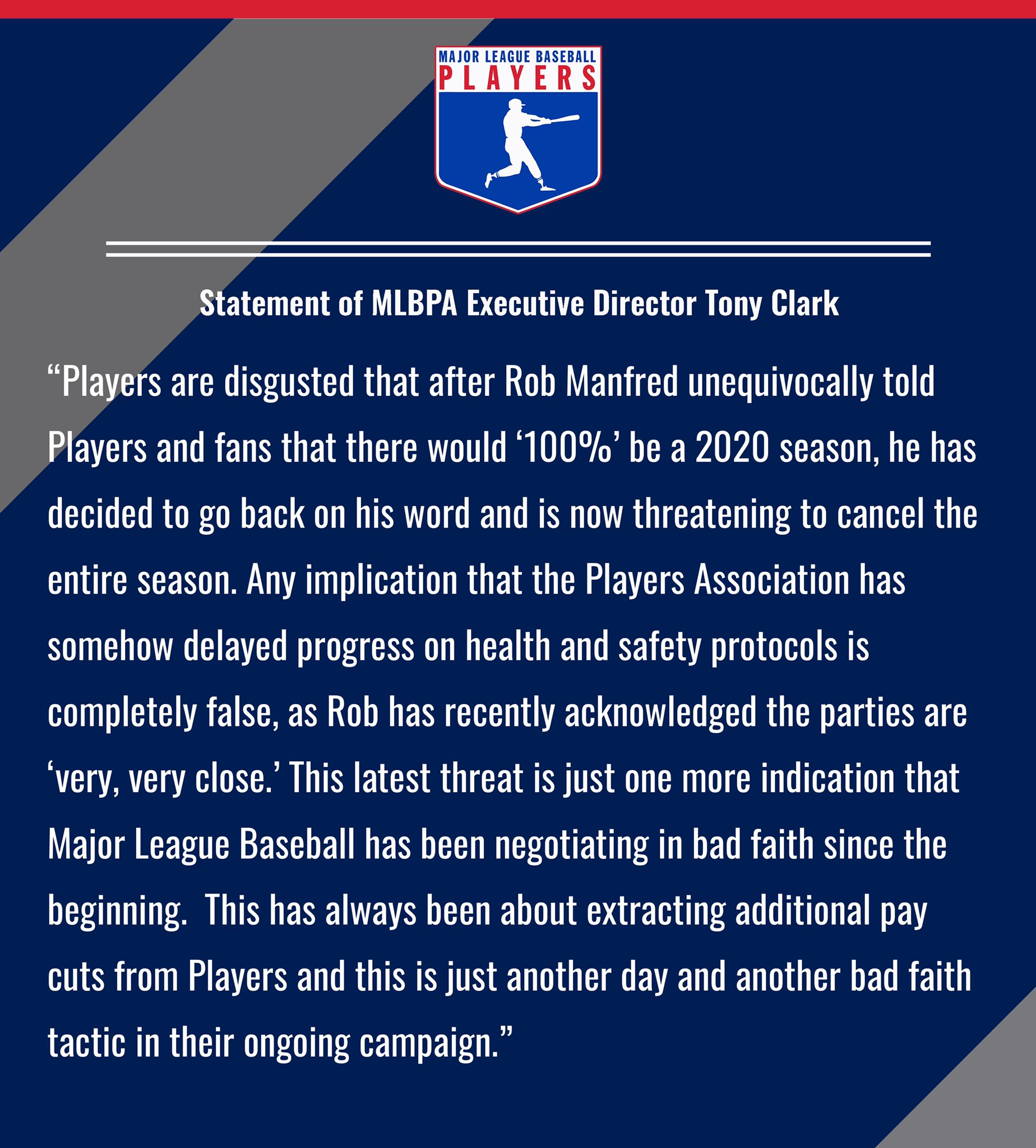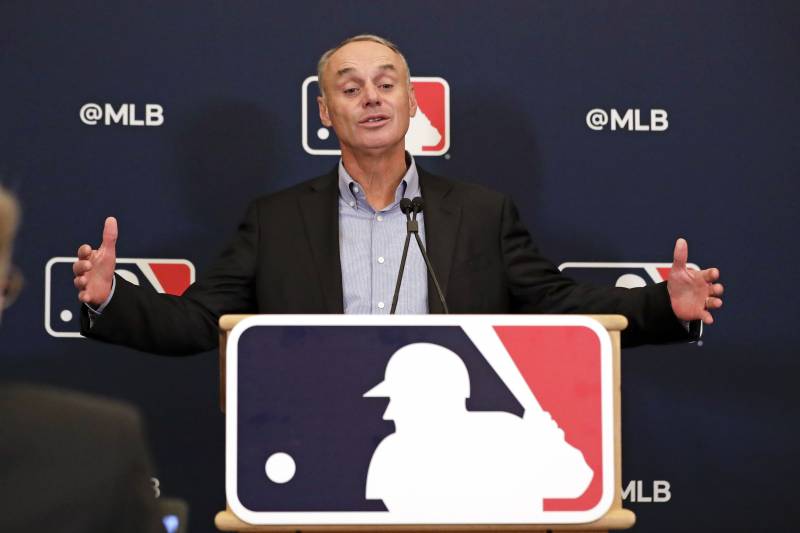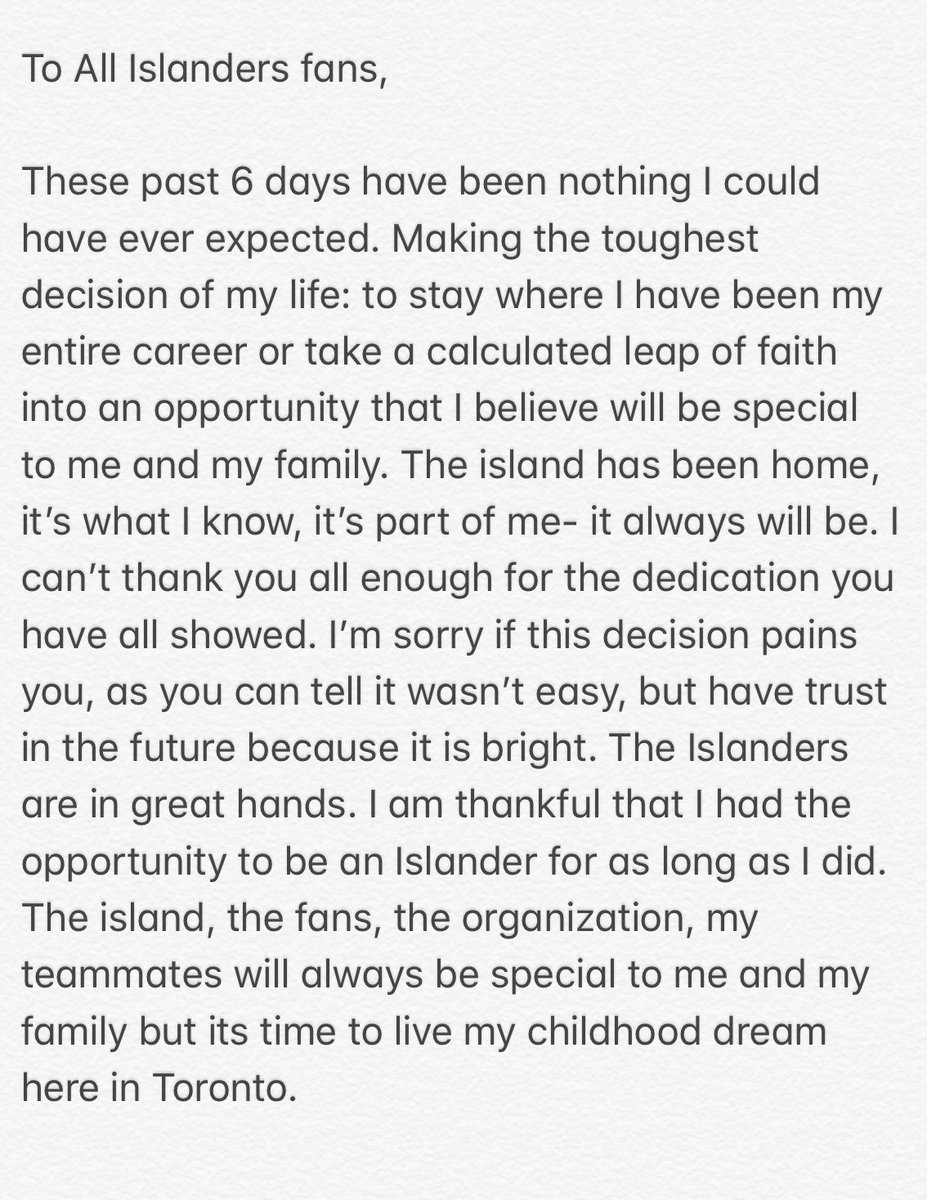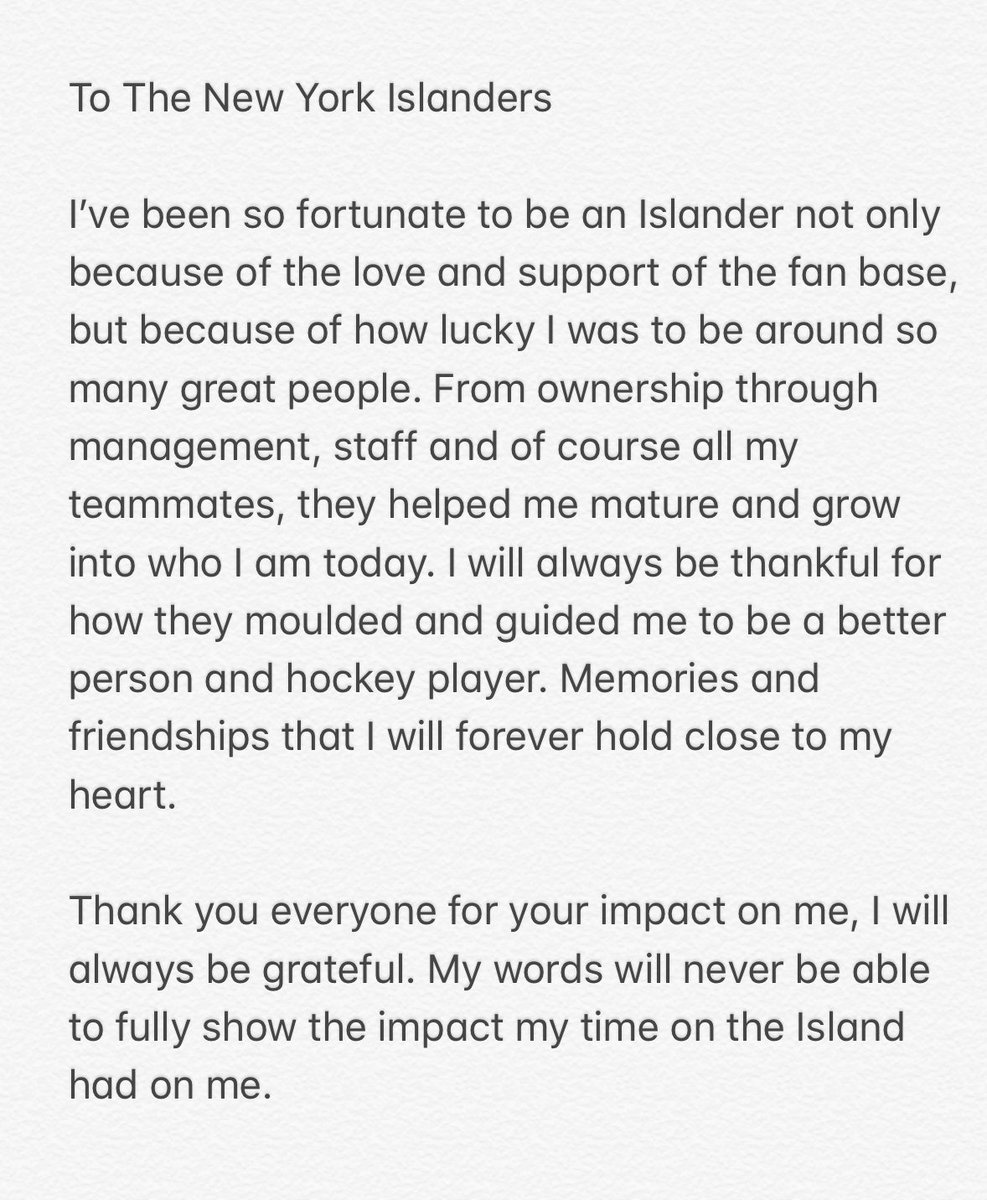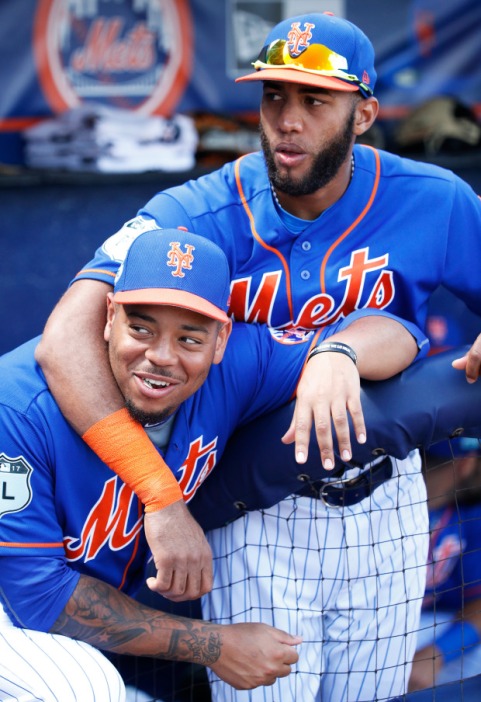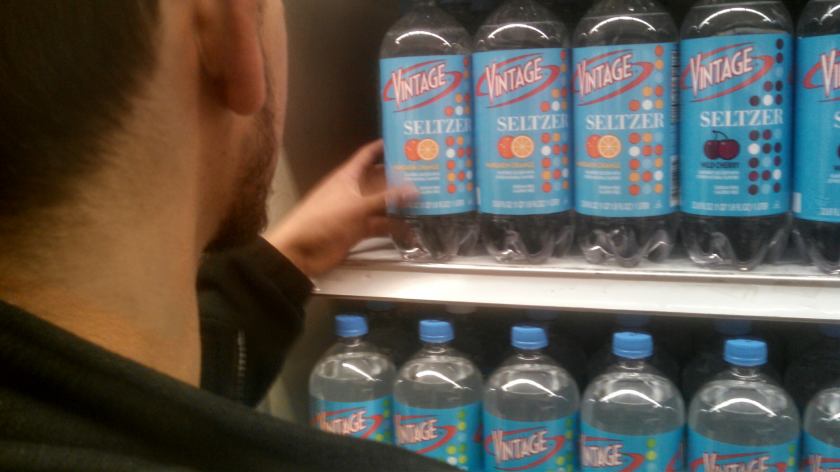By Ethan Marshall
*Editor’s note: While David Ortiz and Ivan Rodriguez were suspected of PED-use, they were not named in the Mitchell Report. This article has been updated to correct this factual error.
For almost two decades, Major League Baseball turned its head away from players using performance-enhancing drugs. While steroids were put on MLB’s banned substance list in 1991, players weren’t tested until 2003. Even after testing began, many players continued to use the banned substance.
The poster boys of baseball’s steroid era included Barry Bonds, Roger Clemens, Mark McGwire, Rafael Palmeiro, Sammy Sosa and Alex Rodriguez. While each of these players compiled career numbers that would’ve made them worthy of being inducted into Cooperstown, their use of the banned substance gave them an unfair advantage, thus inflating their numbers. Each of these players, excluding A-Rod, were among the 89 names mentioned in the 2007 Mitchell Report.
The Mitchell Report resulted from an investigation into steroid and human growth hormone use in MLB by US Senator George Mitchell over a span of 20 months. The report discussed the ineffectiveness of the MLB Joint Drug Prevention and Treatment Program of stopping or reducing PED-use in the game. It also provided recommendations for MLB to use as punishments for players who failed their drug tests.
Despite the fact that all the big names on the Mitchell Report have since retired, the controversy surrounding these players’ legacies is very relevant today. Bonds, Clemens, McGwire, Palmeiro and Sosa have all appeared on the Baseball Hall of Fame ballot. McGwire fell off the ballot after 2015, never reaching even 25% of the vote. Palmeiro didn’t receive enough votes to stay on the ballot for the 10-year eligibility. While Sosa’s name is still on the ballot, he received less than 10% of the votes in the most recent ballot.
What separates Bonds, Clemens and A-Rod from McGwire, Sosa and Palmeiro is the view by many sportswriters that these three players were already Cooperstown-worthy before they began taking PEDs. Some sportswriters believe these players belong in the Hall, but their plaques should have an asterisk and say these players took PEDs.
George Vecsey, a longtime sportswriter for The New York Times, has his own opinions on whether or not players who took PEDs belong in the Hall. “If there’s real evidence on them, I would have trouble voting for them,” Vecsey said. “I would have trouble voting for anybody that I’m convinced was caught. I wouldn’t vote for [Bonds and Clemens]. As long as the vote is a subjective vote of writers having to define Hall of Fame eligibility and the degree of usage, I wouldn’t vote for them.”
As for his opinion on A-Rod, Vecsey is adamantly against him being voted in. A-Rod was found to have taken PEDs twice since stricter drug testing was introduced to the league. “He was quite manipulative, he cheated and he lied,” Vecsey said.
Vecsey believes any player who has ever tested positive for PEDs doesn’t belong in the Hall of Fame. He says that players who took PEDs essentially sold their souls to the devil. They put their morals aside for the sake of becoming a star ballplayer.
Vecsey also emphasizes that evidence should be provided if a player was accused of taking PEDs. “Proof is important,” Vecsey said. He pointed to Mike Piazza and Jeff Bagwell as examples. While both were accused of PED-use, they never failed a drug test and little to no evidence has been provided to support these claims. As a result, he feels they belong in the Hall of Fame. “I’d vote for Piazza and Bagwell.”
Vecsey is a bit skeptical of some of the names listed on the Mitchell Report. “I think the Mitchell Report was a little bit dicey,” Vecsey said.
Vecsey doesn’t believe some of the players accused or linked to PED-use, like David Ortiz or Ivan Rodriguez actually took PEDs. According to Vecsey, there isn’t much evidence to prove players like them took PEDs. “The fact that [Ortiz] was mentioned in the Mitchell Report, that’s not enough for me.” However, Ortiz was not named named in the Mitchell Report, though he was one of the players who tested positive in a screening process in 2003, on the condition of anonymity. Rodriguez was accused of being injected with steroids by Jose Canseco in his book Juiced, but he also has many other recollections throughout the book that have been proven to be historically false.
Vecsey compared PED-use to amphetamine-use during the 1950s, 60s and 70s. While he believes players who took amphetamines should be considered for the Hall of Fame, he doesn’t share that feeling for PED-users. Amphetamines weren’t exactly performance-enhancers. They were more similar to pep pills than steroids. Vecsey knew many players who used to take amphetamines before ball games, including the great Willie Mays and Pete Rose. “A teammate of Rose once told me that the funniest thing he ever saw in baseball was Pete Rose’s ‘greenies’ kicking in during a rain delay,” Vecsey said. “The guy was bouncing off the walls in the clubhouse.”
Amphetamines were particularly popular in the 60s. “People tell me anecdotally that the best players in baseball in the 1960s took amphetamines,” Vecsey said. “It was in the culture. It wasn’t the right or wrong issue, it was the health issue. Nobody wanted to know, including me. I didn’t care for a long time.” Some players even referred to amphetamines as “a major league cup of coffee.”
In the hypothetical scenario in which a player already in the Hall of Fame is later found to have taken PEDs throughout their career, Vecsey believes the player shouldn’t be booted from Cooperstown. “It’s what you know at the time,” Vecsey said. “I think I’d have trouble with going backwards.”
Vecsey believes that when the older writers who vote on the Hall of Fame are gone, it is likely that Bonds, Clemens and A-Rod will eventually get voted into Cooperstown. New writers will arise that won’t have the experience of the previous generation of covering the PED era and its aftermath. “They don’t have the memory of being assigned to report on this stuff, and being lied to and ridiculed for asking questions,” Vecsey said. While he doesn’t like it, he feels it’s almost inevitable.
Juliet Macur, another sportswriter for The New York Times, shares similar beliefs to those of Vecsey. “I personally don’t feel [PED users] belong in the Hall of Fame,” Macur said. “I don’t think it’s fair for someone who broke the rules to belong in the Hall of Fame. They’re breaking the rules of the game. They took a look at the rules, they knew it was illegal and they went ahead and did it anyway.”
Macur feels that if a player already in the Hall of Fame is later found to have taken PEDs, there should be an asterisk put on their plaque to identify them as PED-users. “I don’t think they should be kicked out because it would be too much of a circus,” Macur said. “Once you’re voted in, you should stay in, but if there is evidence that’s shown a player has broken the rules, the Hall of Fame should mention that.”
Macur is happy with MLB’s current drug testing program. The fact that one failed test would cost a player almost one-third of the season shows MLB takes these tests very seriously. A three-time offender gets a lifetime ban from playing in the MLB. “They have a very rigorous drug test,” Macur said.
As far as amphetamines are concerned, Macur doesn’t believe they’re as bad as other PEDs. Macur doesn’t feel they have as much of an overall impact as other drugs, such as steroids. “When it comes to athletic performance and what drugs should be banned, amphetamines are pretty low on the list for me,” Macur said. “Steroids and human-growth-hormones are probably way up there for me.”
While she isn’t happy about it, Macur believes that Bonds, Clemens and A-Rod will eventually get into the Hall Of Fame. She is especially against Rodriguez getting in. “I quite personally can’t believe Alex Rodriguez would ever get into the Hall of Fame because he lied several times about his drug use,” Macur said. “Several times he said he never used drugs before admitting to it twice. He’s a complete liar who made a joke out of drug testing and the sport and everything about athletes having any integrity. But he’s a really good play-by-play announcer.”
Macur thinks it won’t be long before Bonds and Clemens are voted into Cooperstown. “I think in another five or ten years, maybe even earlier, with younger people on the panel who have forgotten what it really was like to have guys break records without using steroids at the time, will care less and less about performance-enhancing drug use in sports and vote them in,” Macur said.
Macur thinks if and when Bonds, Clemens and Rodriguez are elected to the Hall of Fame, there should be an asterisk on their plaque as well as a line saying something like “His career was clouded by drug use” or “His career was clouded by suspicions of drug use.” “I think it needs to be acknowledged,” Macur said. “If it’s acknowledged on the plaque, I think that says a lot. I feel if [Cooperstown] did that, the public will feel a little bit better.”
Last year’s Baseball Hall of Fame voting results seemed to show a shift in thought towards players who took PEDs. This may be due to the fact that the number of voters were reduced prior to the 2016 voting. Additionally, as each year goes by, more of the older sportswriters who previously voted had either retired or passed away.
Ivan Rodriguez, who was suspected of PED-use, was elected to the Hall of Fame in his first year on the ballot. Barry Bonds and Roger Clemens, each on their fifth year on the ballot, saw their vote-percentage rise nearly 10%. Clemens went from 45.2% of the vote in 2016 to 54.1% in 2017. Bonds went from 44.3% to 53.8%. With five more years left on the ballot for these two, it appears likely that they will eventually get in within that period of time. While these two players cheated their way into the record books, the voters appear willing to accept them for their careers before taking PEDs. It could very well be that Alex Rodriguez gets similar treatment when he appears on the ballot.
